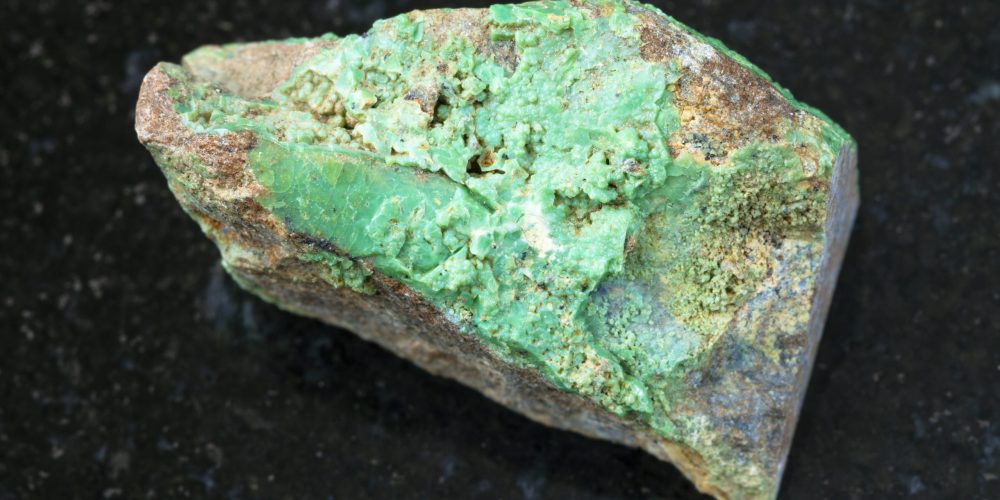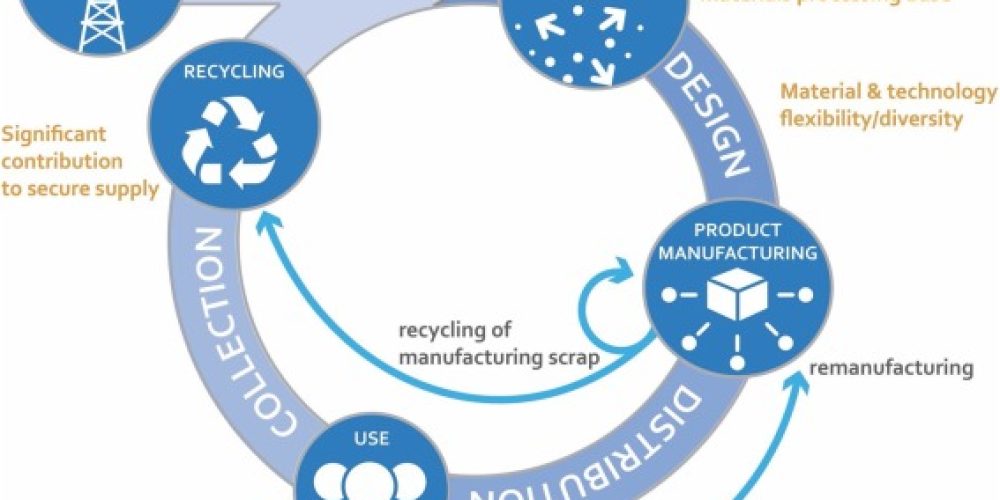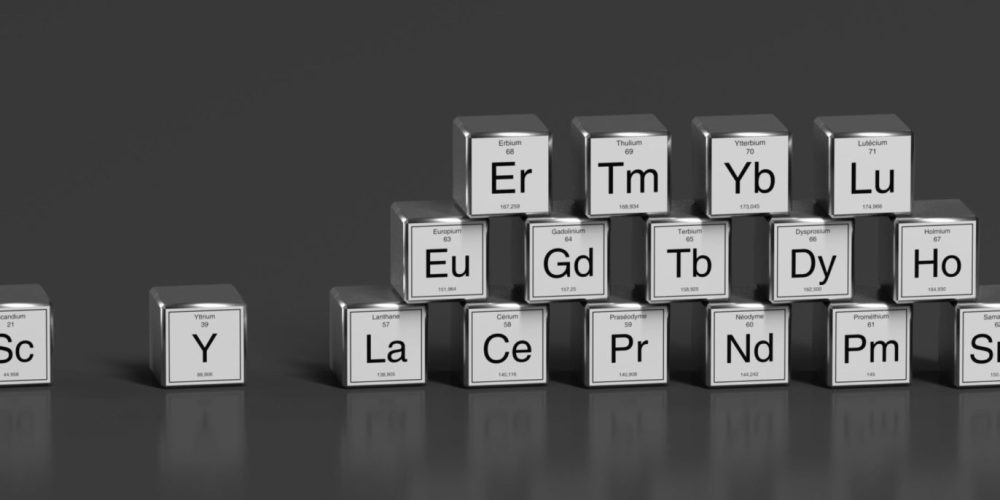The 2020 EU Critical Raw Materials List The European Commission has just published the 2020 EU Critical Raw Materials List. The Commission reviews the list of critical raw materials for the EU every three years screening 83 materials. Economic importance and supply risk are the two main parameters used to determine criticality for the EU. Economic importance looks in detail at the allocation of raw materials to end-uses based on industrial applications. Supply risk looks at the country-level concentration of global production of primary raw materials and sourcing to the EU, the governance of supplier countries, including environmental aspects, the contribution of recycling (i.e. secondary raw materials), substitution, EU import […]
Nickel is one of the most common elements in the earths’ crust. Therefore, general depletion is not likely, however mining of remaining ores with reduced nickel contents, mines in disperse locations and increasing environmental regulations turn nickel mining more challenging. Due to an expected surge in global electric vehicle sales, the demand for Nickel starts to change its production, even though at present the share of battery materials is just around 3-4% of global mine production. Among all the existing Nickel containing ores, only the sulfide ones are suitable to produce battery grade Nickel. One problem concerning batteries is that the demand of Nickel to produce batteries is comparatively low, […]
The IRTC project, coordinated by ESM Foundation, has published a joint scientific paper by leading international experts on the link of material criticality and transitioning towards a more circular economy. The paper explores the potential benefits, as well as caveats, of adopting a circular economy approach to critical raw materials, based on the experiences and discussions organized by the IRTC project. The IRTC project has now entered its second phase “IRTC-Business”, with the long-term goal to develop guidance for companies concerning their exposure to criticality and suitable mitigation measures.
Press Release, August 2020 Learn about critical raw materials, supply chain risks and sustainability Critical raw materials (CRM) such as cobalt, lithium or the Rare Earth Elements (REEs) are essential for the technologies that drive sustainable societies, but their availability is frequently threatened or unsecure. CRM are typically subject to complex international supply chains and frequently have an unfavourable social and ecological footprint, and pose a special challenge to the Circular Economy due to high mixture of metals, small amounts of raw materials per product, and a low price elasticity of demand. In order to establish an effective Circular Economy, an integrated approach to CRM is required, including design, business, […]
Rare Earth Elements (REE) are still considered as one of the most critical elements for industrial use and green technologies. However, it is now well known that the group of 17 individual elements is as diverse as any other 17 elements of the Periodic Table. The pure chemical similarity of the REEs is confronted with an extreme physical diversity. Today basically only the magnetic materials are of interest and drivers for the REE market. Phosphors like Europium and Yttrium, which were the most critical REEs just a few years ago, are still required but the paradigm change by introducing LED technology led to a enormous reduction of demand for phosphors. The […]




